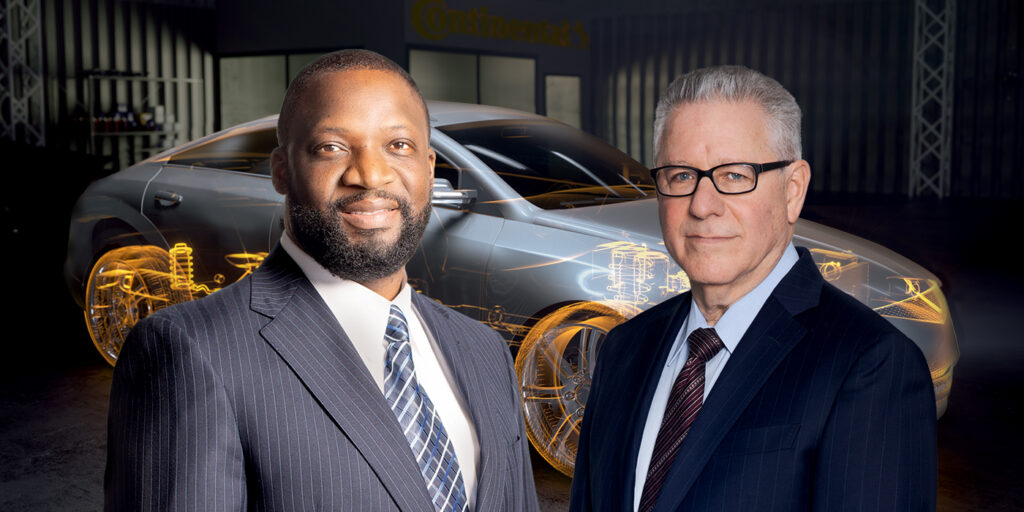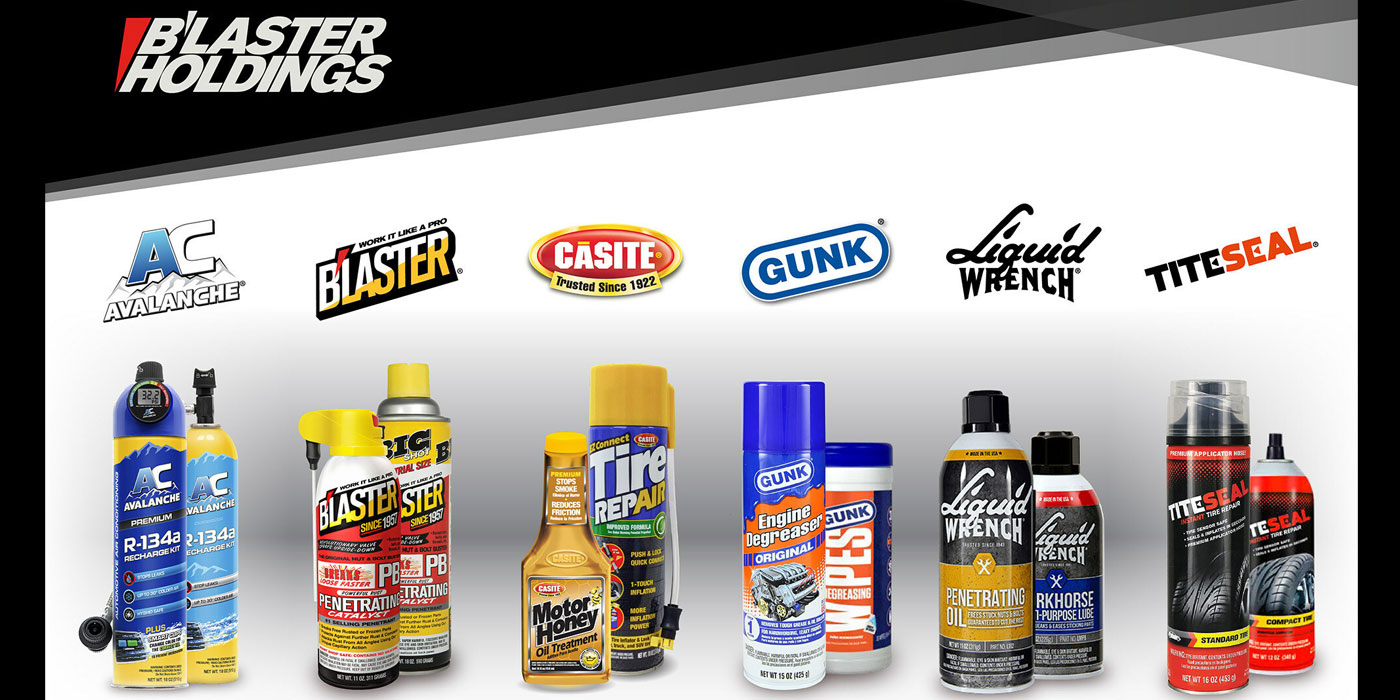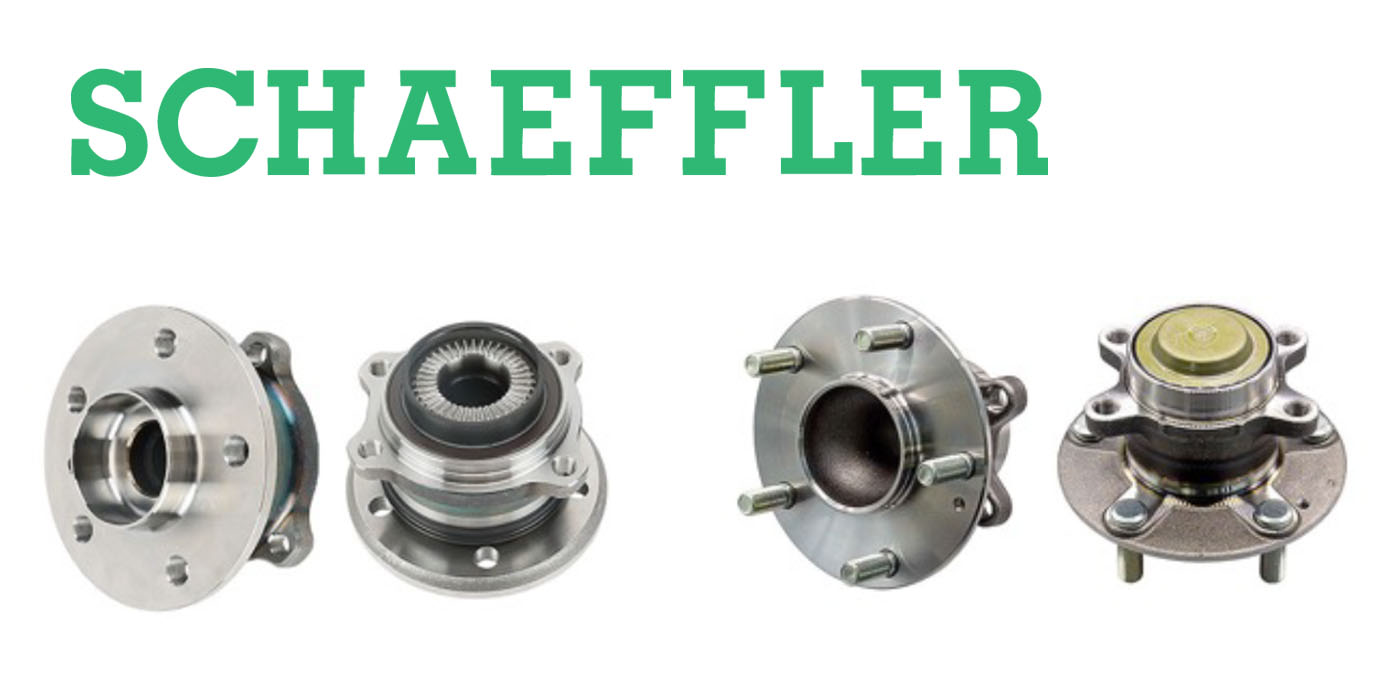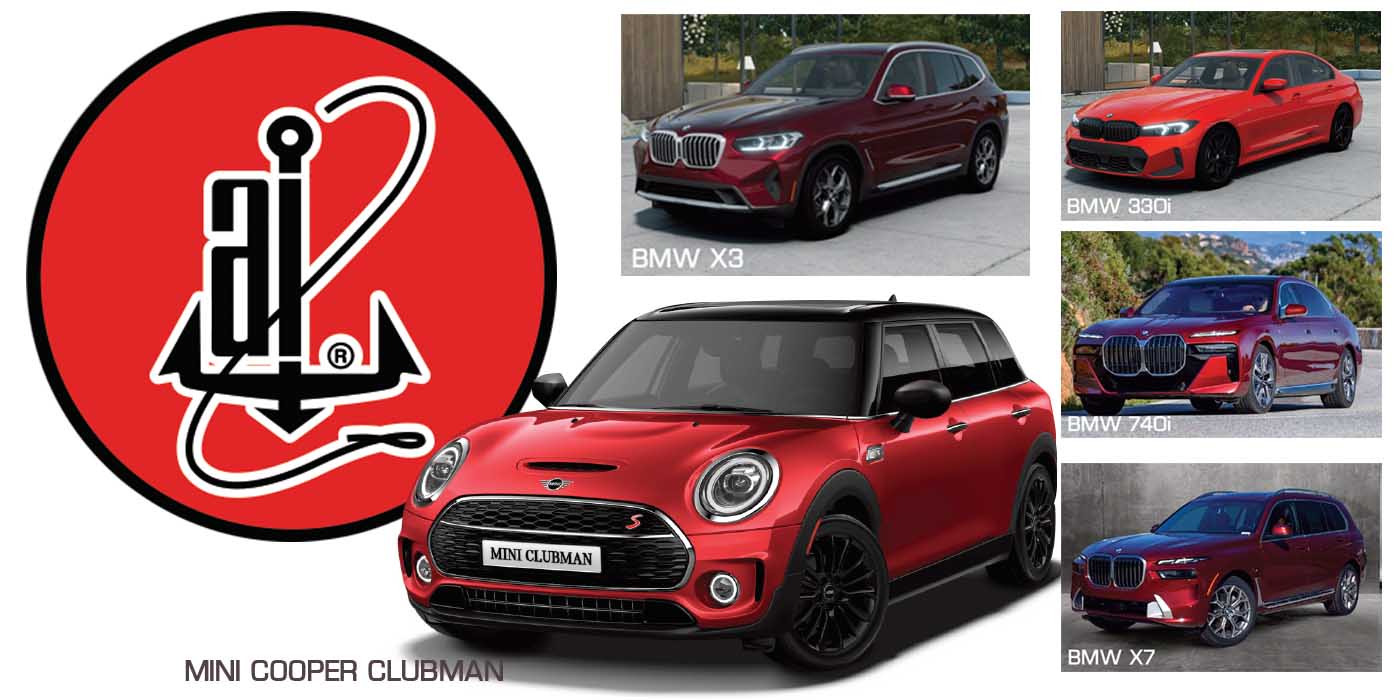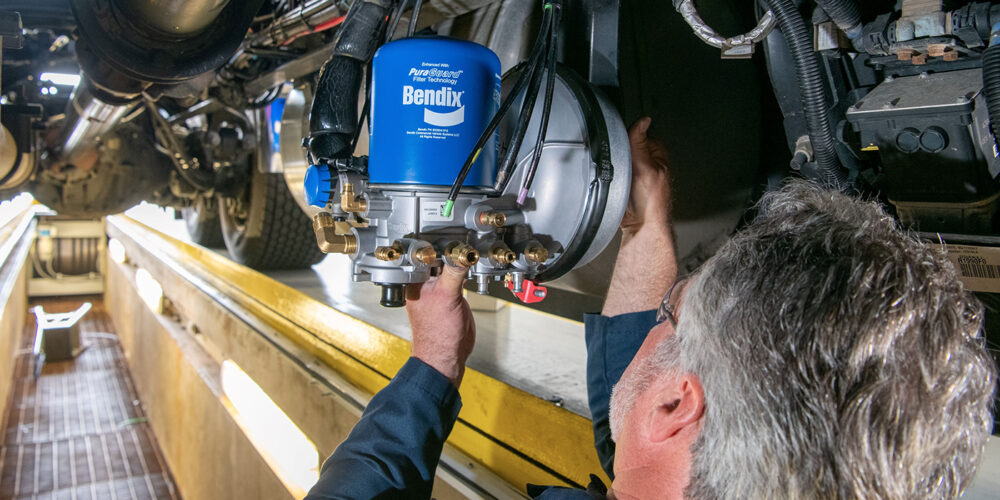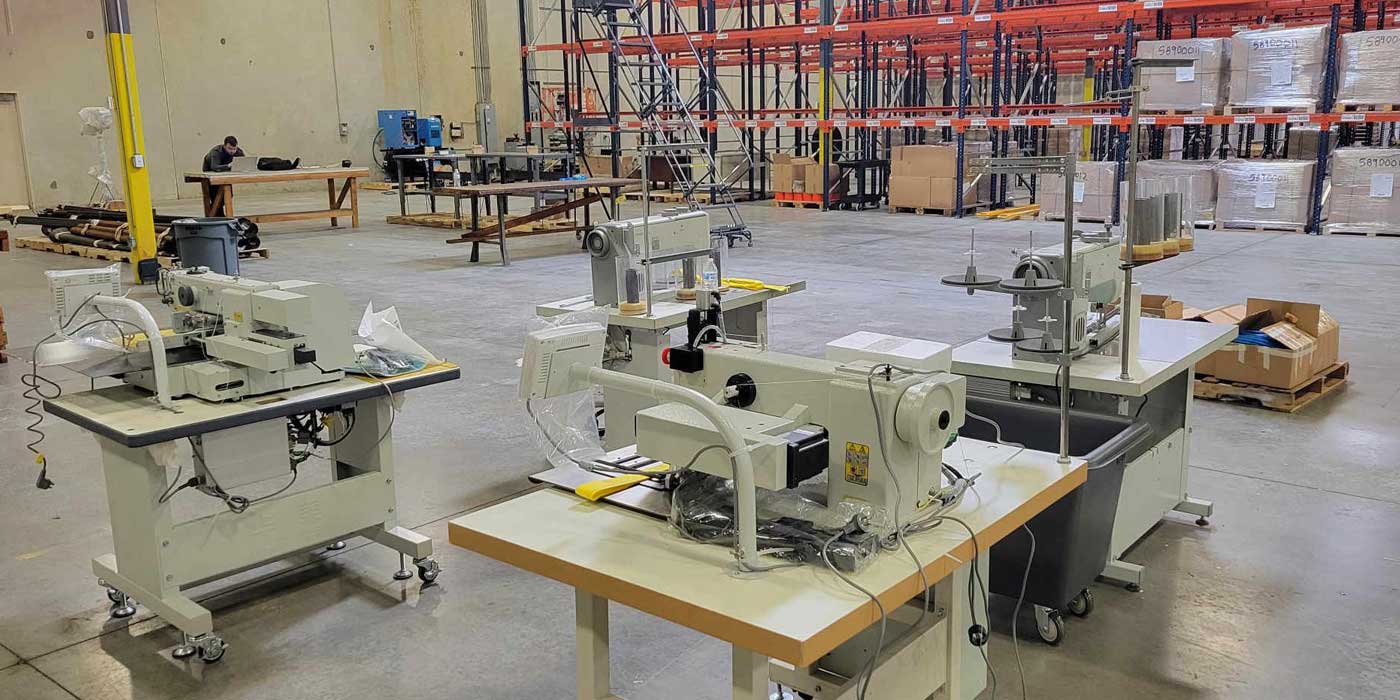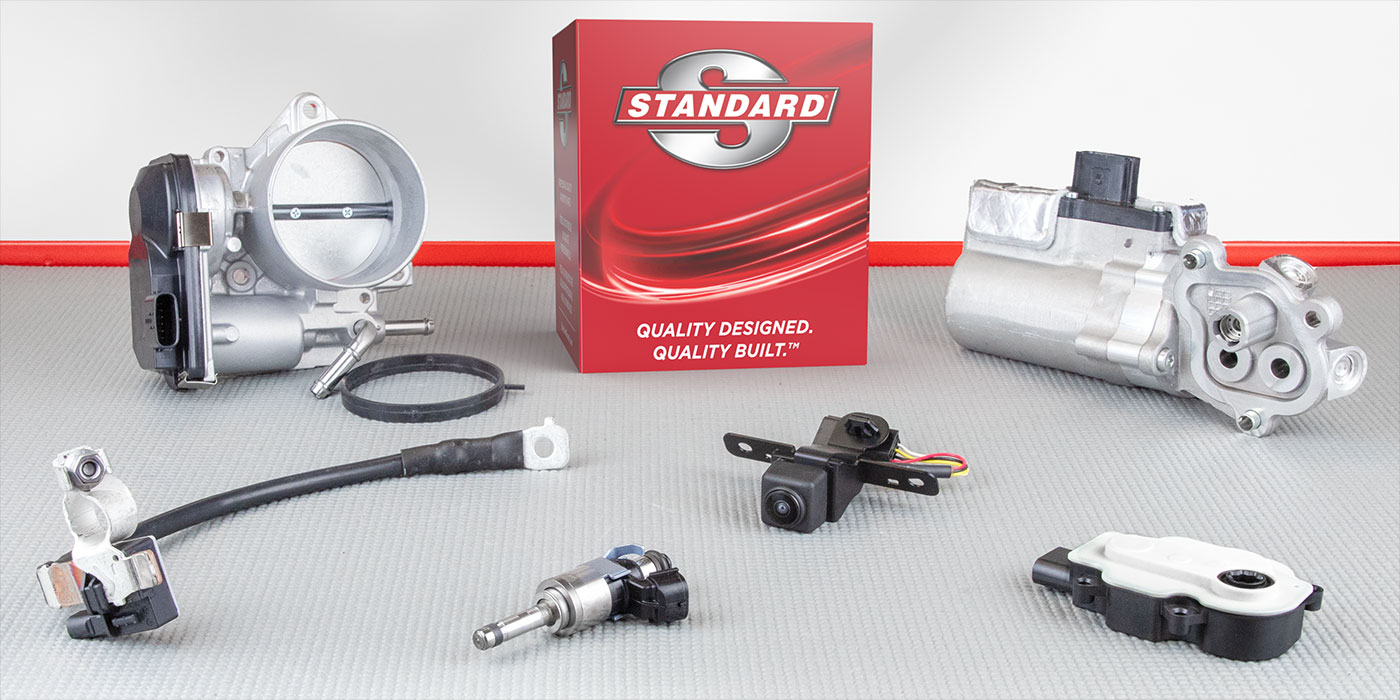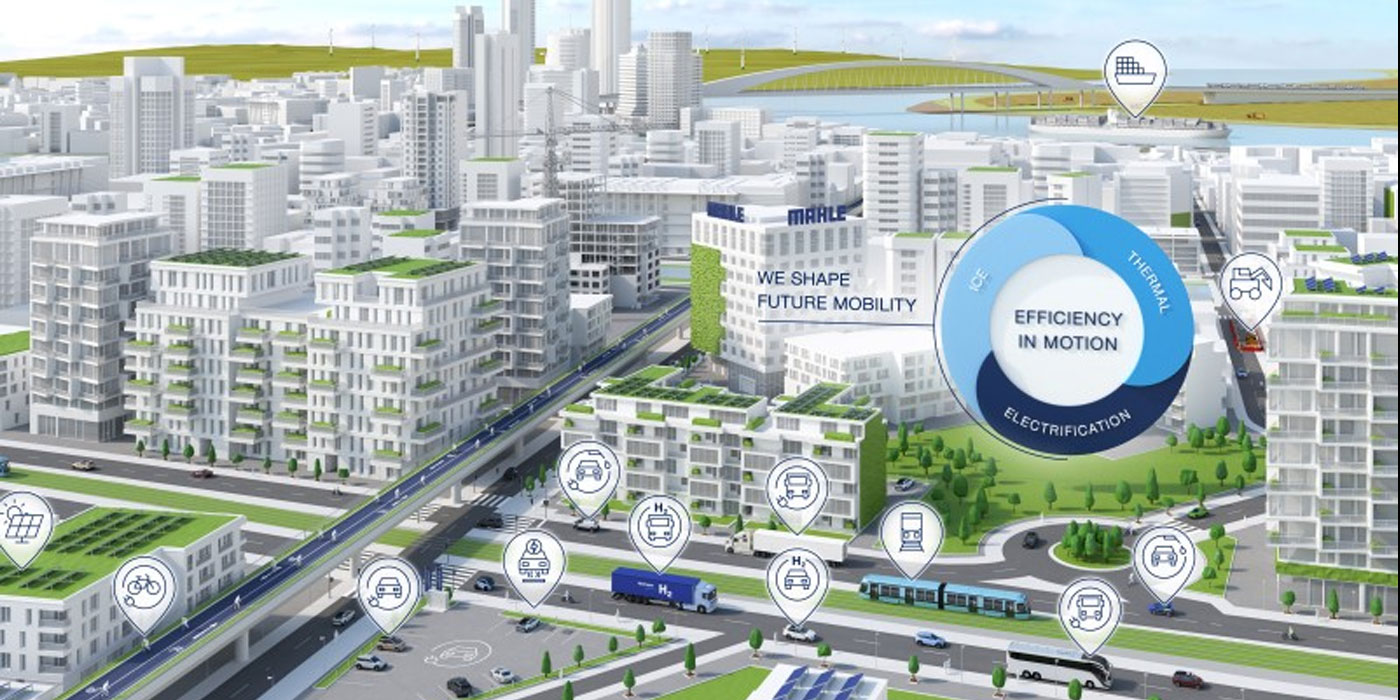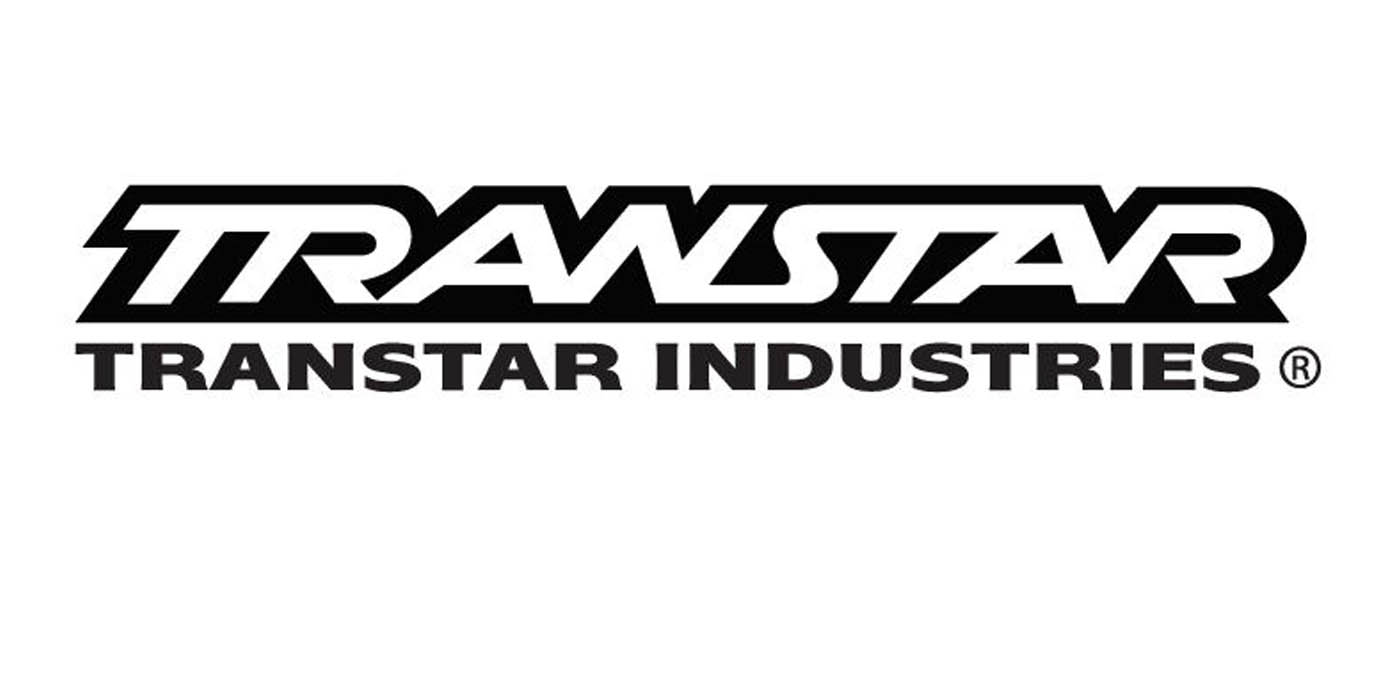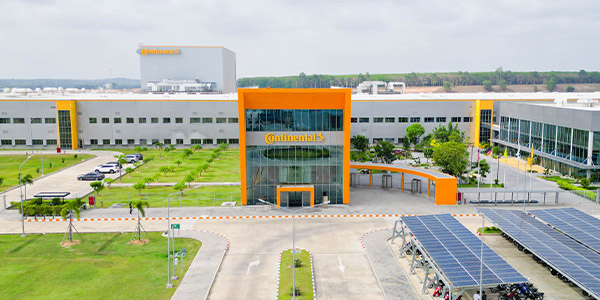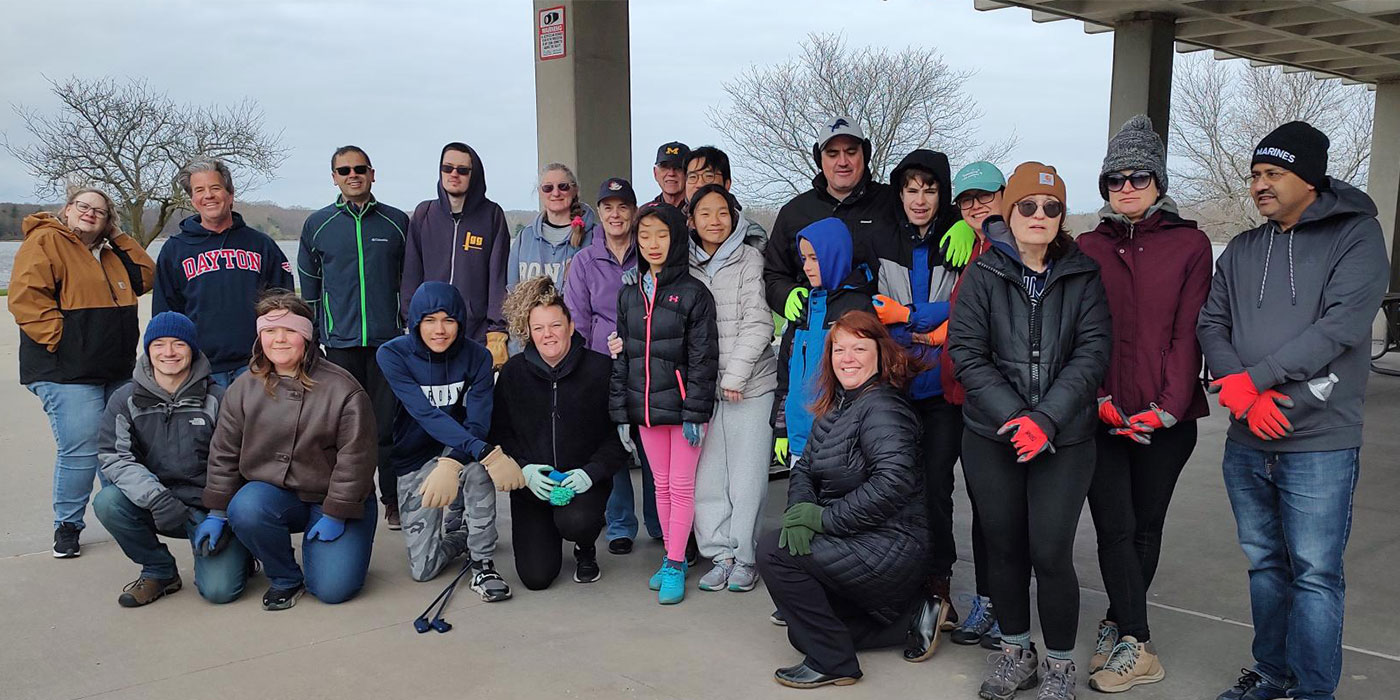Founded in Hanover, Germany, in 1871, Continental AG has transformed over the years – from a manufacturer of rubberized products into a leading global technology provider focused on innovation, mobility, vehicle networking and information, tires, belts, hoses and more. The company will officially ring in 150 years on Oct. 8, 2021.
While mobility is a popular buzzword in the automotive industry today, it has been at the heart of what Continental has been focused on all along. The company began creating solid rubber tires for bicycles and carriages, eventually contributing the balloon material used in the first German airship in 1900 and presenting the world with the first automobile tire with tread in 1904. The list of innovations over the decades goes on. Over the years, countless other innovations have been introduced by Continental that have improved the mobility, safety and convenience of drivers around the world.
Today, Continental employs around 235,000 people in 58 countries, with hundreds of locations and various divisions around the world. All Continental divisions prosper under the global Continental umbrella and benefit from its brand strength as a powerful preference in the industry. While each business area is focused on building regional strength, they are supported by Continental’s overall resources and capabilities.
In the U.S., two Continental business segments critical to the aftermarket are Continental ContiTech and Continental Automotive Aftermarket. The leaders of these two segments – Howard Laster, executive director and general manager, Automotive Aftermarket North America, Continental Automotive; and Cal Ganda, head of Americas, Automotive Aftermarket, Continental ContiTech – not only bring passion to their roles leading their business segments but also provide a symbiotic balance between the technological innovation and human capital needed to create success today in the North American marketplace.
All suppliers in the industry today face a rapidly changing automotive landscape that presents many opportunities. To ensure it continues to play a key role in that change, Continental says it is expanding its product portfolio in autonomous mobility, smart mobility, user experience and safety. These areas comprise the focus of the company’s automotive strategy.
Longtime aftermarket executive Howard Laster leads Continental Automotive’s Aftermarket business segment in North America. Based in Allentown, Pennsylvania, this business unit is a supplier of OE-engineered replacement parts. The organization, which was established in 1995, is divided into four categories: the traditional Automotive Aftermarket, OES (Original Equipment Service), Special Vehicles, and Diagnostics and Services. Continental Automotive’s diversified portfolio of products and services includes TPMS service replacement parts, HVAC blower motors & fan assemblies, ATE brake system parts and fluid, diagnostic tools and services, engine management and fuel systems, instrumentation, sensors and senders, displays and 360-degree commercial cameras, turn assist, radios, door systems, wiper blades and filters and a wide range of OES replacement parts for all makes.
When asked what he believes to be Continental’s primary aftermarket focus over the next several years, it becomes clear that Laster’s response is not just his segment’s mission, but also his passion.
“While we continue to support the existing traditional aftermarket replacement parts market, Continental also is focused on how we can support and ensure the overall future of the aftermarket industry by providing knowledge, training and education on emerging technologies such as electrification, safety and smart mobility, and how to service them,” Laster says.
Laster, who has been part of the aftermarket team since it was first established, says it’s critical the aftermarket begins to think strategically when it comes to the fast pace of innovation in the industry.
“I’ve even been able to take customers to our Technology Days to show them what we’re coming up with in the next 10, if not 20 years. It really comes down to safety, autonomous mobility, smart mobility and the user experience, which includes connectivity and many other things. There are so many factors within there that the aftermarket needs to understand,” he says. “What I’m saying, realistically, is that we have to make sure whatever we create will work for the aftermarket. That means, it has to be serviceable and our customers must have the right knowledge, training and resources to get the job done.”
Laster added that Continental’s aftermarket business benefits greatly from being part of the overall larger corporation when it comes to preparing for future innovations. “There is a great deal of collaboration within Continental, especially in sharing of the latest innovations, product developments and emerging technologies, as well as global production, engineering, logistics and supply chain resources. We are extremely fortunate to have this synergy because it allows us to ensure that the design and development of new technologies is aligned to the aftermarket service industry.”
Specifically, Laster and his team are focusing on the increasing application of ADAS in today’s vehicle parc, significant growth of on-board computers and controllers, expanded safety and comfort features, as well as overall increases in electrification, smart mobility and connectivity.
“Another area we are investing heavily in is the ongoing effort toward autonomous driving,” he said.
Meanwhile in Fairlawn, Ohio, Cal Ganda serves as head of Americas Automotive Aftermarket at Continental ContiTech, which supplies the automotive aftermarket with a premium line of belts, hoses, tensioners and belt kits. While the business unit was established in 1988, Ganda has been with the division since January. Having worked for Continental Corp. for 17 years now, he spent the first 16 in the company’s Tire division.
Like Continental Automotive, ContiTech works closely with the parent corporation to leverage the overall Continental brand but also has the flexibility and independence to focus on the automotive aftermarket products the division supplies and the markets it serves.
“First and foremost, everything is centered around our people,” Ganda says. “We have a great sales staff and the idea essentially is to utilize the combination of our great sales teammates and our great products to find the best way to supply our customers.”
Ganda added that the strength of the brand and customer feedback on the quality and performance of the products are an asset for ContiTech that must be maintained.
“The automotive business is a people business,” Ganda continues. “Our people are everything. Having all the great technology is one aspect of it but having a team that operates as a team with a customer-centric perspective, leveraging that technical perspective is something else we take very seriously.”

